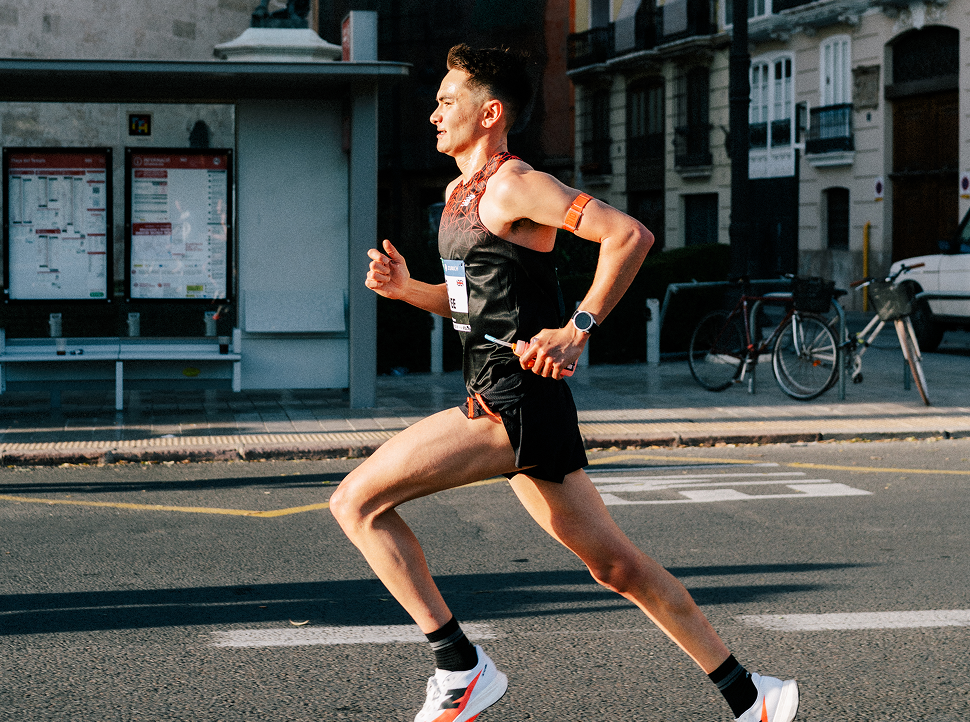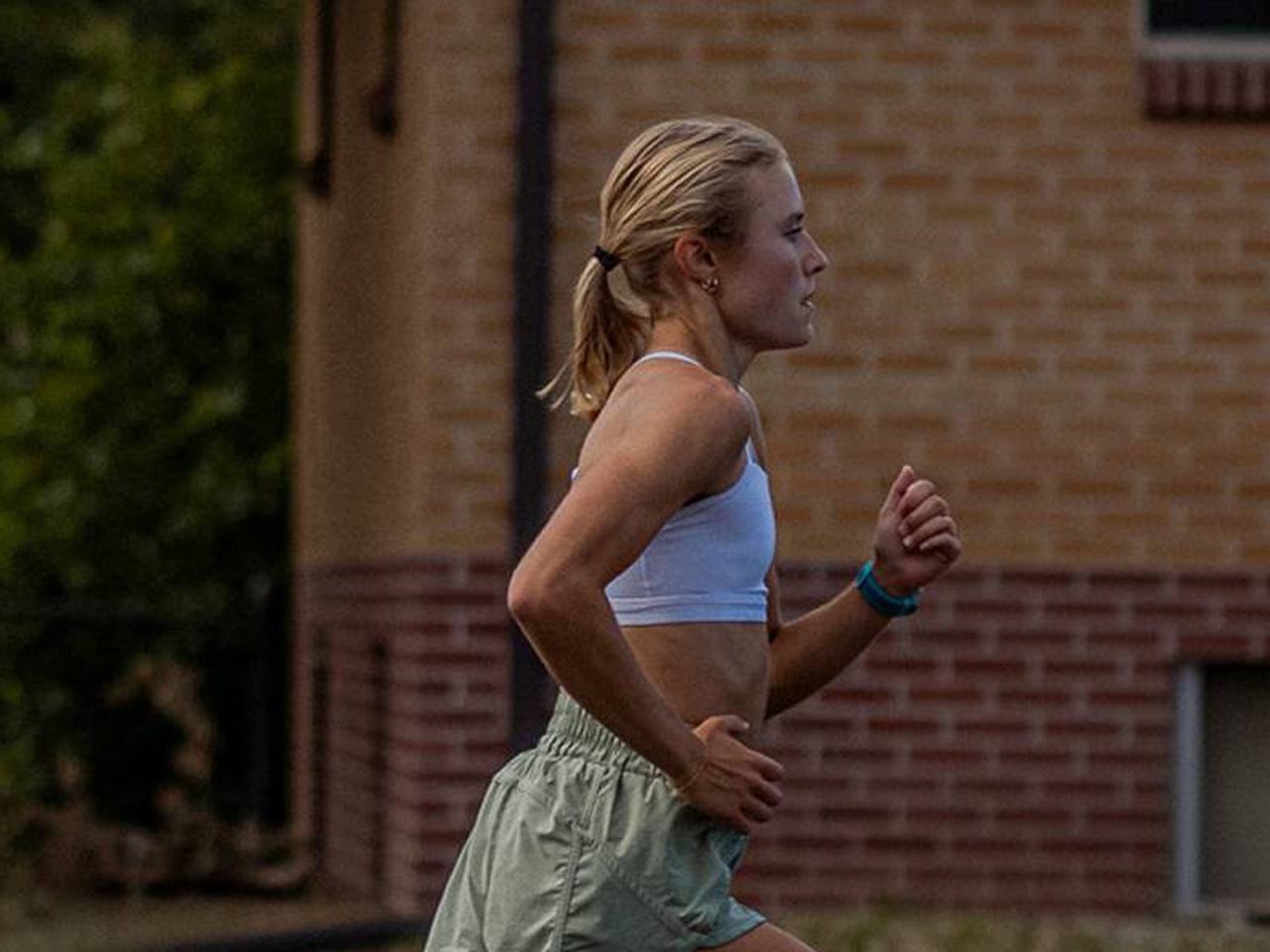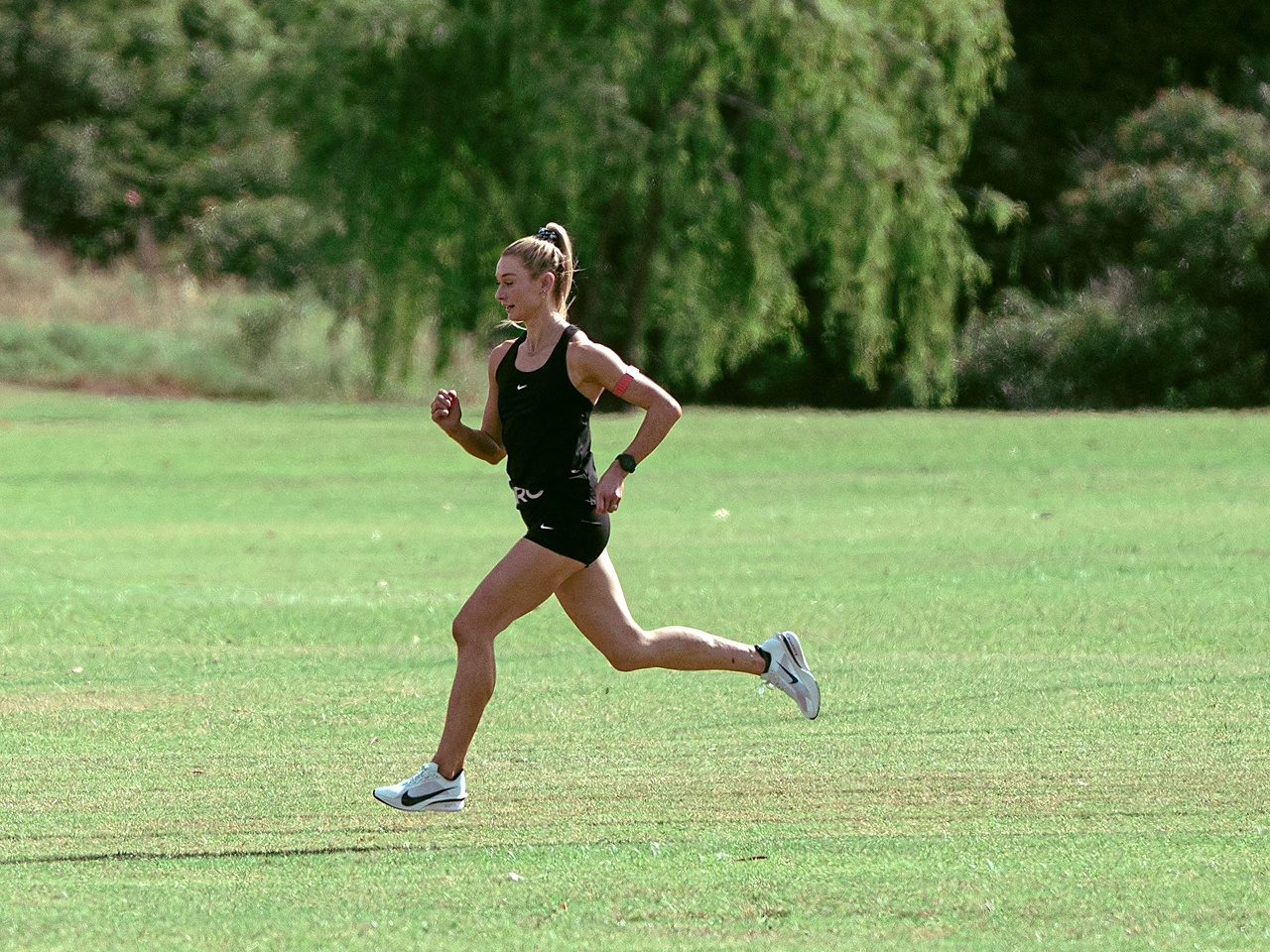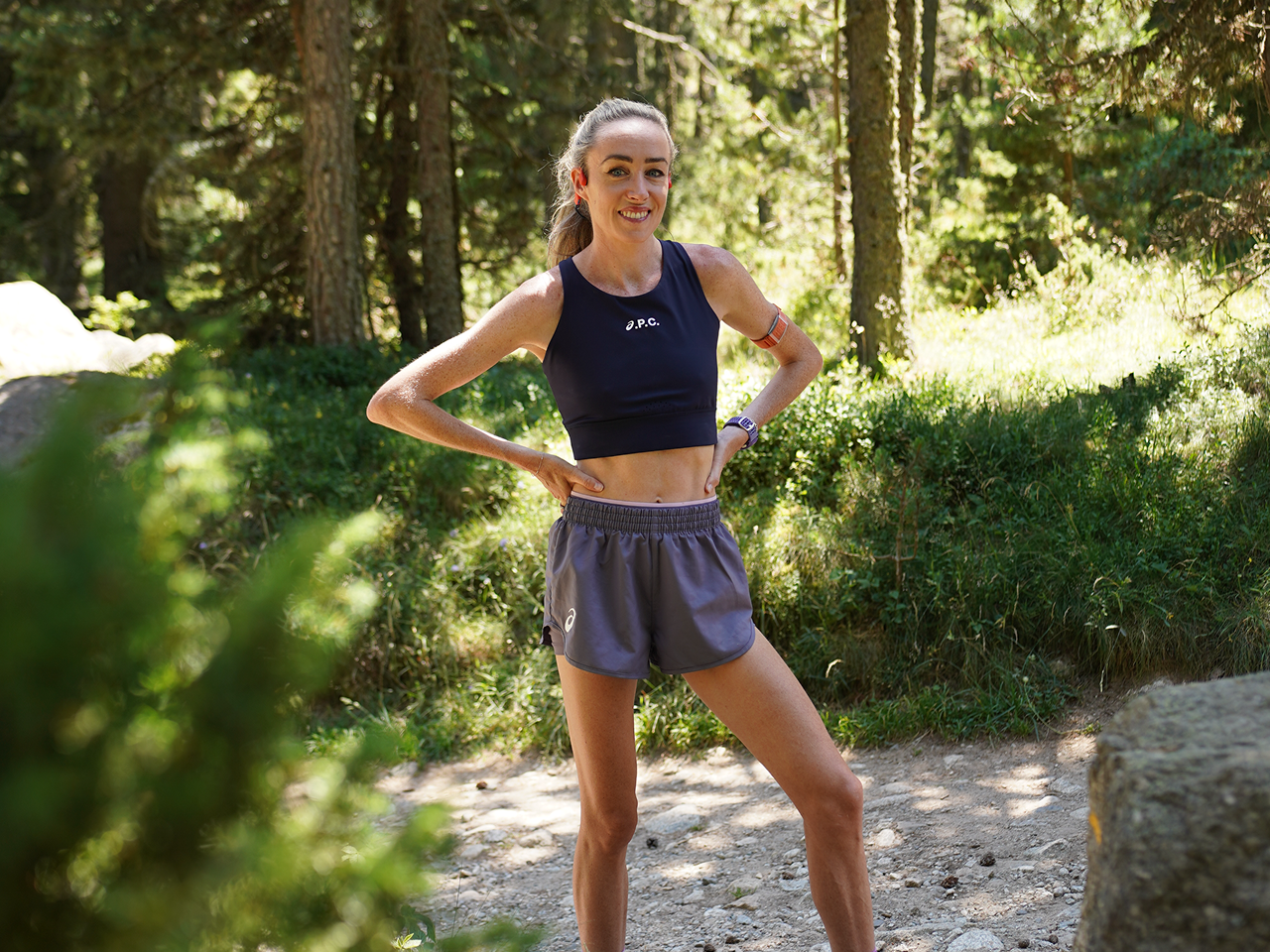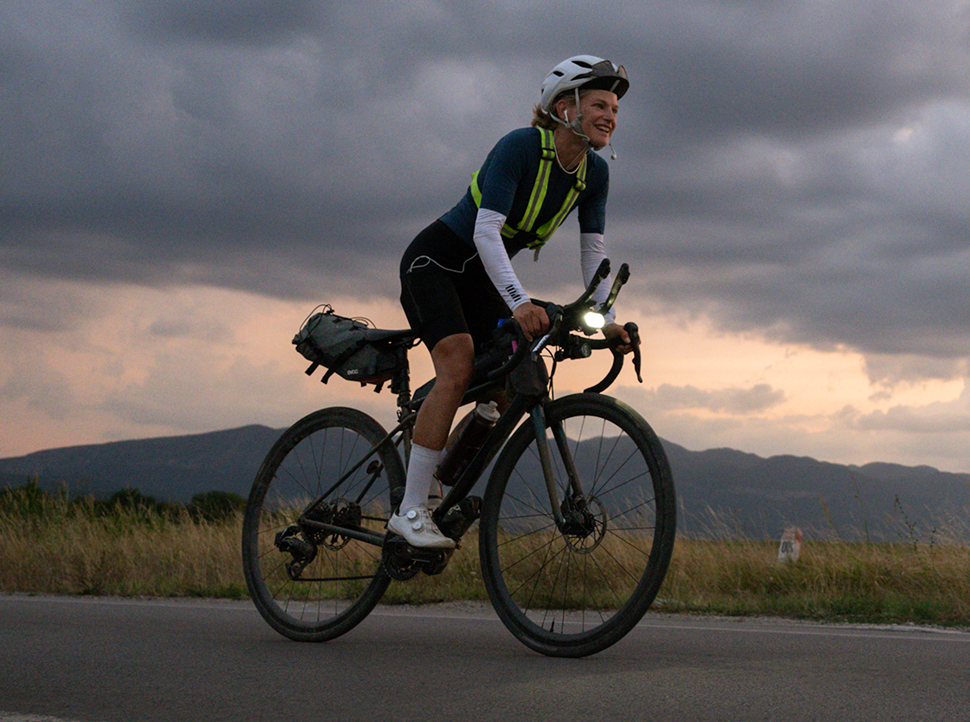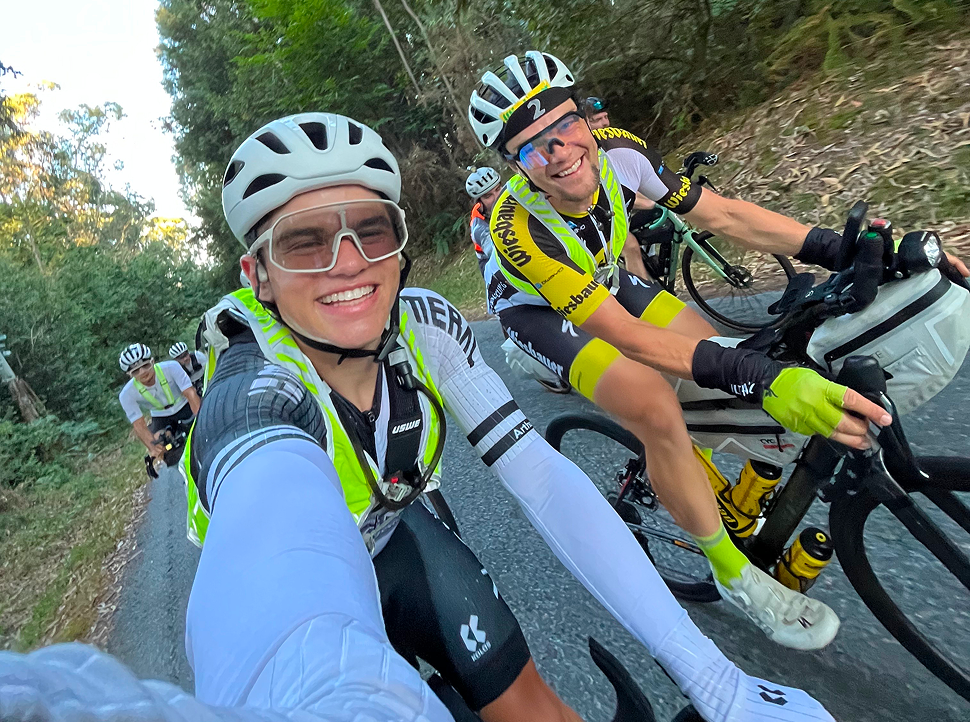Rory Leonard made history on January 14th, 2025, by setting a new British 10K record at the Valencia 10K with a time of 27:38. With just five weeks since his last major race, Rory relied on data-focused training for his preparation. Read along as we explore his training approach behind the record-breaking performance and dive into three types of workouts that might help you for your next 10k!
Training Philosophy and Build-Up
Rory and his training campanions at Team MAKOU, place a strong focus on data and consistency in their training program. To ensure he received the most precise insights from the COROS Training Hub, Rory has custom-set his zones to align with the pace zones he and his team have measured.
The COROS Heart Rate Monitor has been probably the most integral piece of kit that I have been using. All of my steady state running, lactate threshold, tempo running and even easy runs, I track everything and I am always checking in on those numbers. I think it's very important to stay within the right zones and to know what those numbers mean to you.
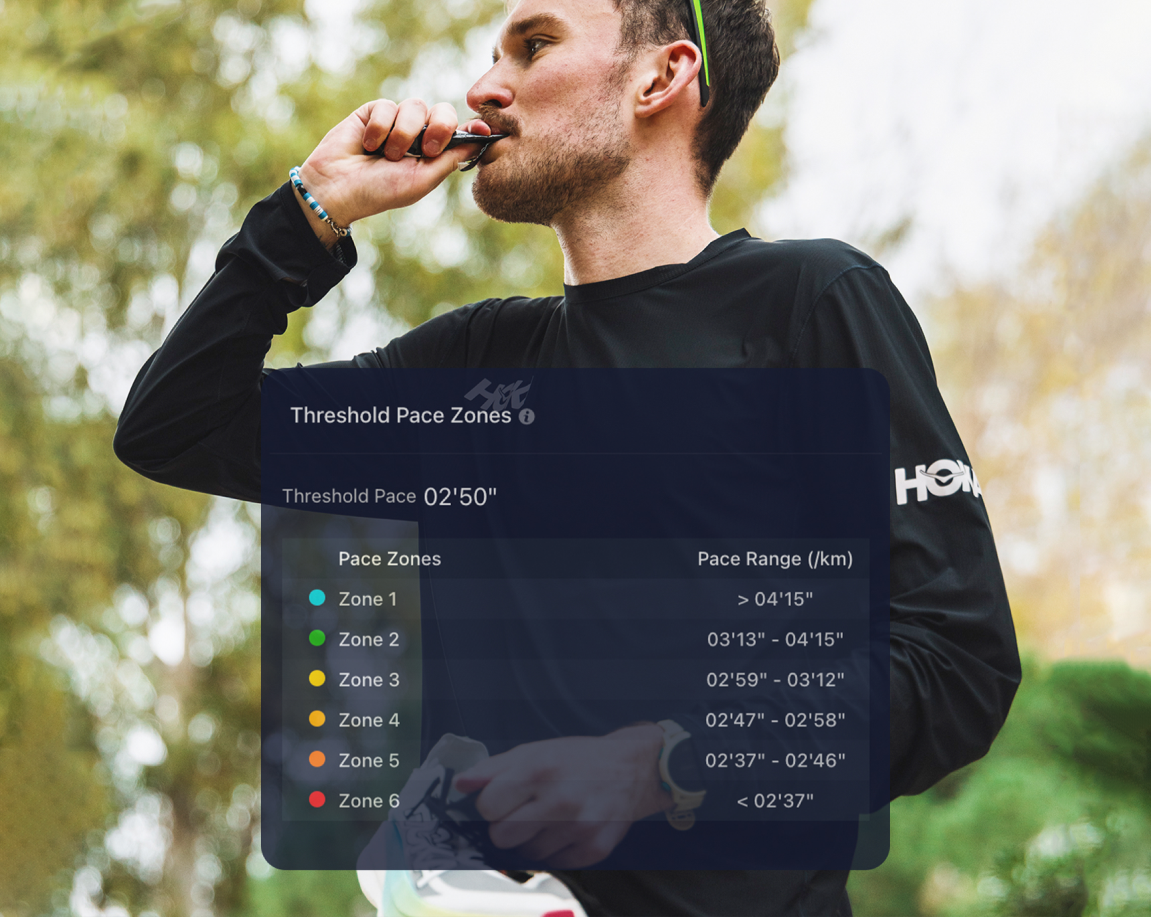
Rory's Threshold Pace Training Zones
The training build wasn't high-volume with eye-popping workouts every week. In fact, it had only been a month since his last major race, the European XC Championship. He had previously tapered for that race on December 8th, where he finished inside the top 10 and led the British team to a bronze medal.
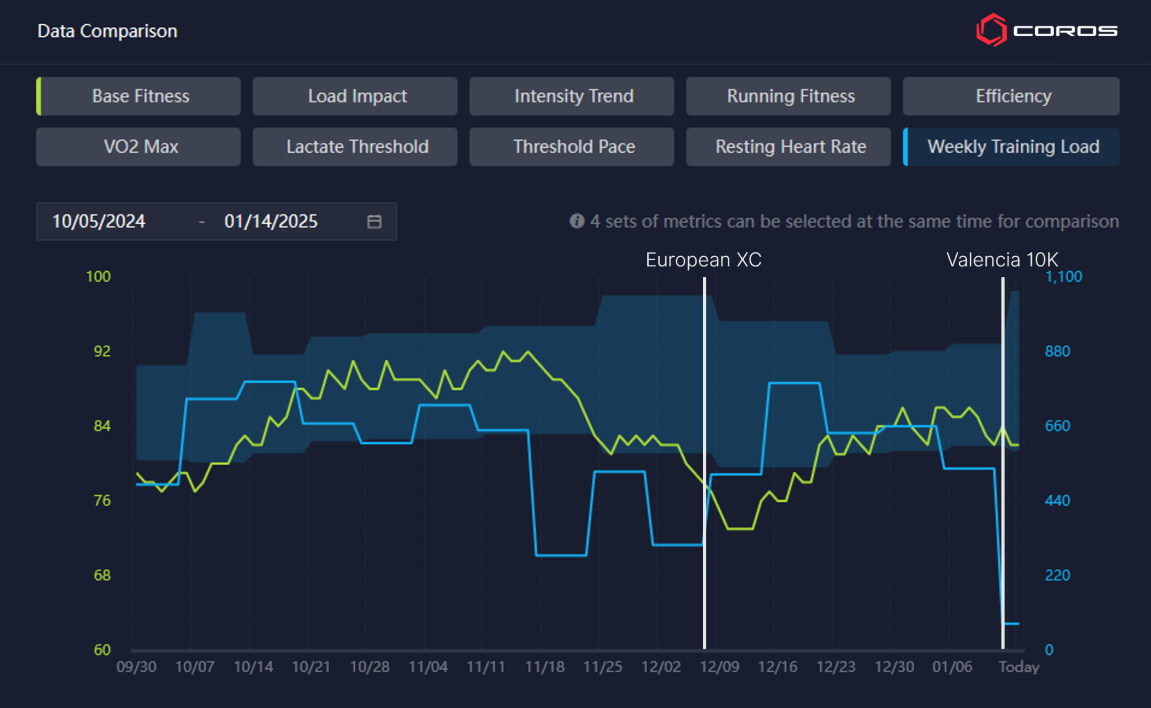
Rory's Season-Long Fitness and Training Load
After the reduced load leading into the XC Championship, Rory's training load rebounded, and his Base Fitness had been on the rise. He only had about a month to switch his training focus from XC to the Valencia 10K.
During this 5-week period between races, Rory Leonard's training featured three major workout styles: Fartlek, Double Threshold, and Intervals.
Fartlek
At the halfway mark between his two races, Rory ran a fartlek workout that included 60 seconds of Threshold-pace work, followed by 30 seconds of Tempo-pace work. He alternated through this 24 times, for a 36-minute workout.
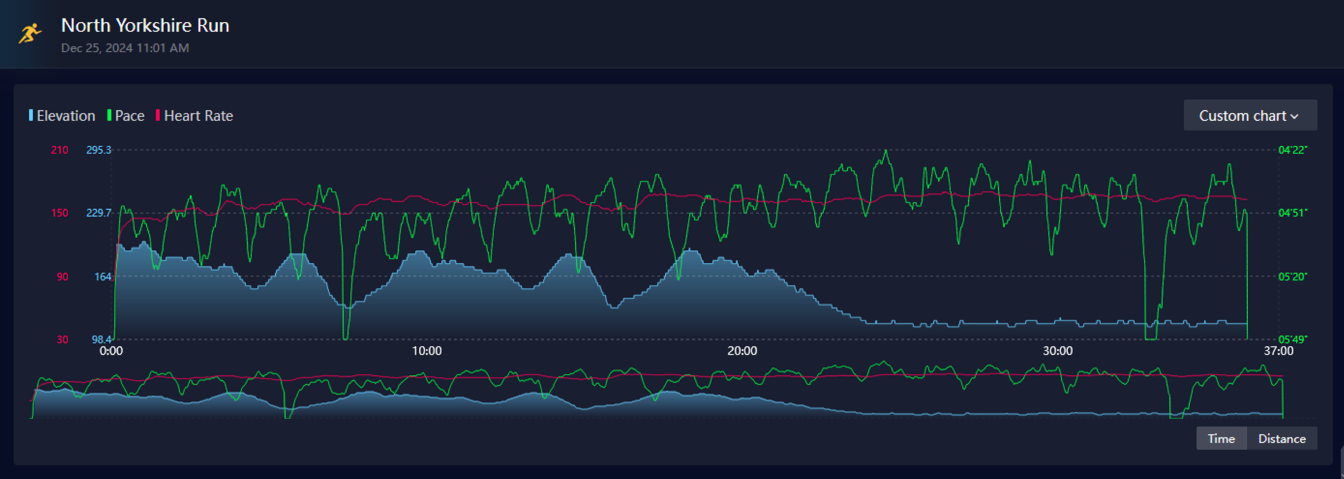
Rory's Fartlek Workout
Rory's workout was balanced, with roughly 50% of his time spent in Zone 3 (Aerobic Power), and 50% in Zone 4 (Threshold). His harder 60-second bursts averaged 4:35/mi (2:51/km), while his lighter 30-second periods averaged 5:11/mi (3:13/km) and, as you can see, he chose rolling terrain for the first half to add more intensity to the session.
Coaches Tip: Rory uses the "Basic Interval" feature during his fartlek workouts. This feature is available just before you start a run, and can be used for workouts that repeat a single work-to-rest interval multiple times.
Double Threshold
This is a common trend in elite running in recent years, widely popularised by the training of Norweigan star Jakob Ingebrigtsen. It combines two "Threshold" or "Tempo" workouts into one day allowing the athlete to get more high-quality work in, without sacrificing their recovery days.
On New Year's eve, whilst many might be getting ready to celebrate, Rory was completing a double threshold day, beginning with a Threshold-focused session in the morning, and a progressive tempo run in the evening.
The morning session included 5 x 2,000m at an average of 4:50/mi (3:00/km), with 60 seconds recovery. A staple to build fatigue in the legs for the afternoon, spending most of his effort on the upper parts of Zone 3, and the lower parts of Zone 4.
In the evening, Rory returned to the track for a progression run. The workout was 5 miles, starting at 5:13/mi and working down to 4:49/mi by the end. When you compare this to his pace zones, it covers the full range of Zone 3 (5:11/mi to 4:49/mi) perfectly executing his second session.
Intervals
While most of Rory's fartlek and threshold workouts are slower than his 10K race pace, his training also includes interval workouts that go faster than race pace.
Rory's interval workouts follow a common structure. They lead off with an initial medium-length rep, followed by a long rep, a series of short reps, and a long rep to finish. The charts somewhat look like a 'sandwich', with the short reps squeezed between the long reps.
January 4th - 1mi, 2K, 10x400, 2K
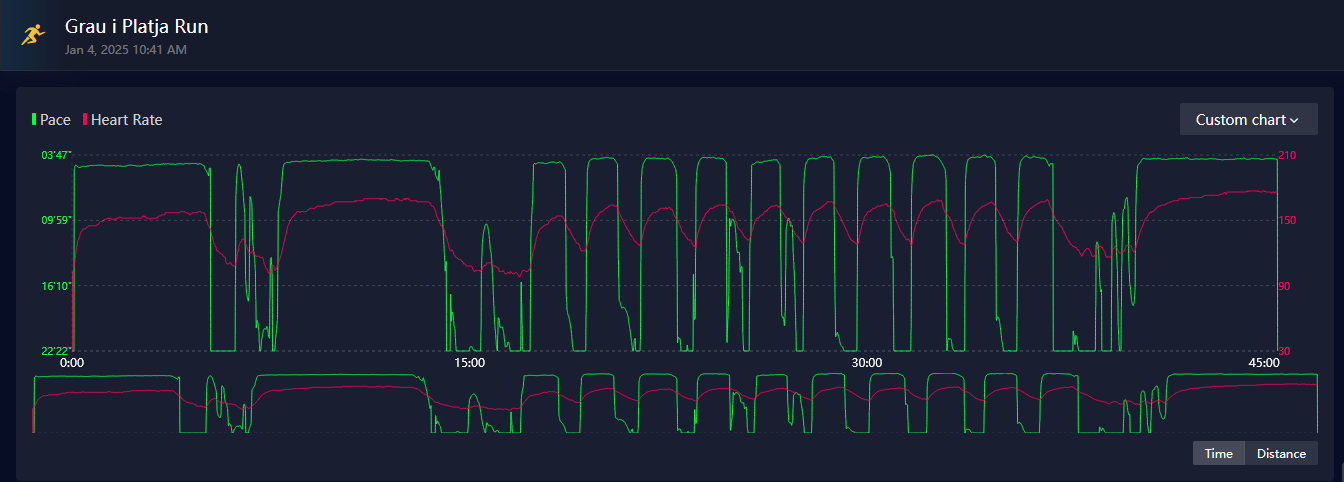
Rory's Interval Workout
One example is Rory's final workout before the race, with long reps of 2000m, and short reps of 400m. Rory's 2K reps were at 10K pace (4:25/mi), while his 400m reps were in 62 seconds. With all of this at race pace or faster, he was surely primed for a fast 10K.
How Rory Broke the British 10km Record
Rory's COROS Race Predictor suggested he was ready for an effort of 27:43. With the British Record standing at 27:44, he knew he was ready for a record attempt. Opting for Valencia, a city becoming renowned for fast time over various distances, Rory went into the race ful of confidence.
It's the first running watch where I genuinely feel like the data that I'm getting back is very accurate. I paid attention to the race predictor, which helped build my confidence.
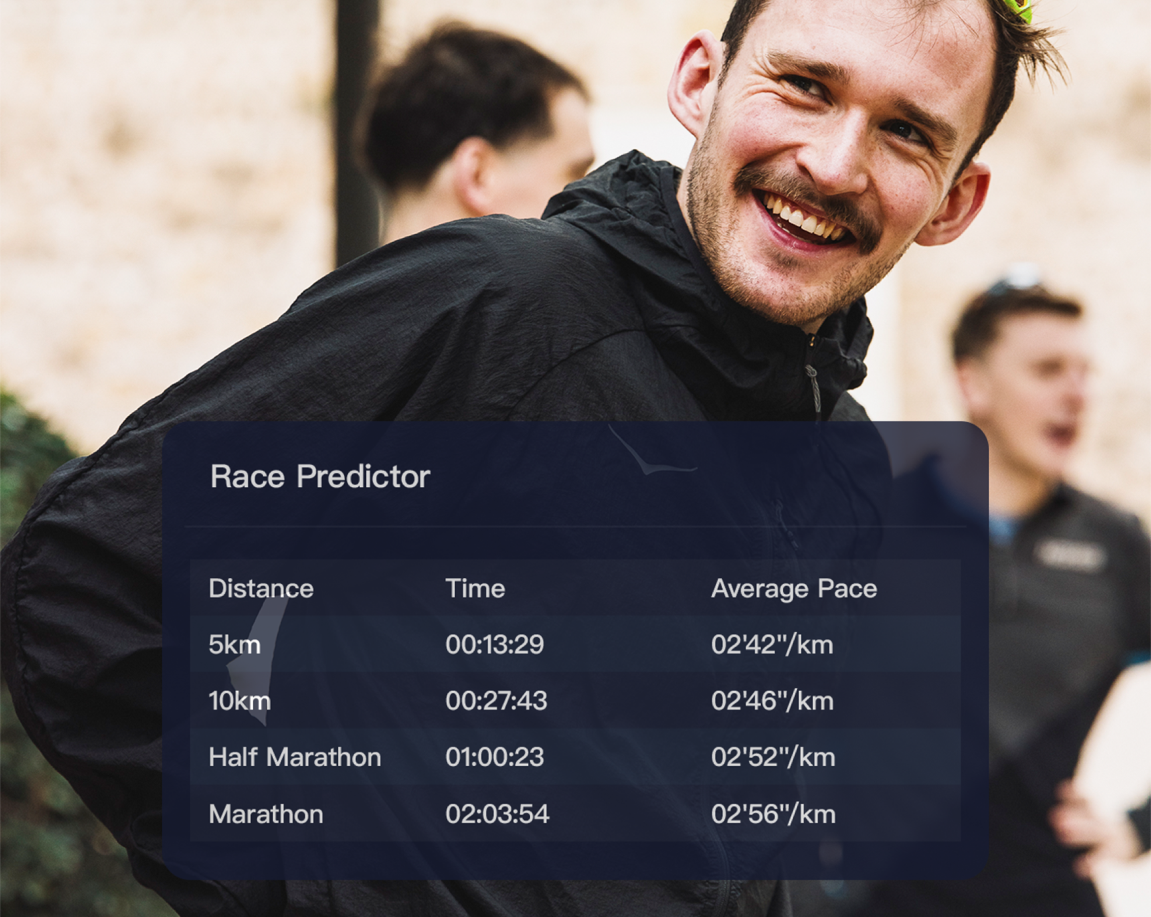
Rory's COROS Race Predictor Times
During the first half, the race played into Rory's favor, with the leaders running just the pace he needed. At the 5K mark, he was on pace for a 27:30 finish, hitting 5k in 13:45.
The race panned out as expected. I knew that if I got to 5k in and around 13:43 I was going to have room to get around the second half within the British Record.
The middle portion of any race can be the most challenging. At Valencia, the lead pack began breaking apart and with a slight uphill rise, Rory's pace dropped slightly.
I found myself in a pretty good group with other athletes going for records, so I knew others were going to push it on too.
With a strong finish down the homestretch, Rory Leonard knew the record was within grasp. In the final few meters, when he saw the clock, the elation began.
Congratulations to Rory Leonard on his incredible achievement and new British 10K record! His dedication and smart training, focussing on consistency and a data driven approach, offers a glimpse into what can be possible for athletes with the right tools and mindset.

/filters:quality(90)/fit-in/970x750/coros-web-faq/upload/images/0129cdb7c564e60577a3e41f2e0ec138.png)
